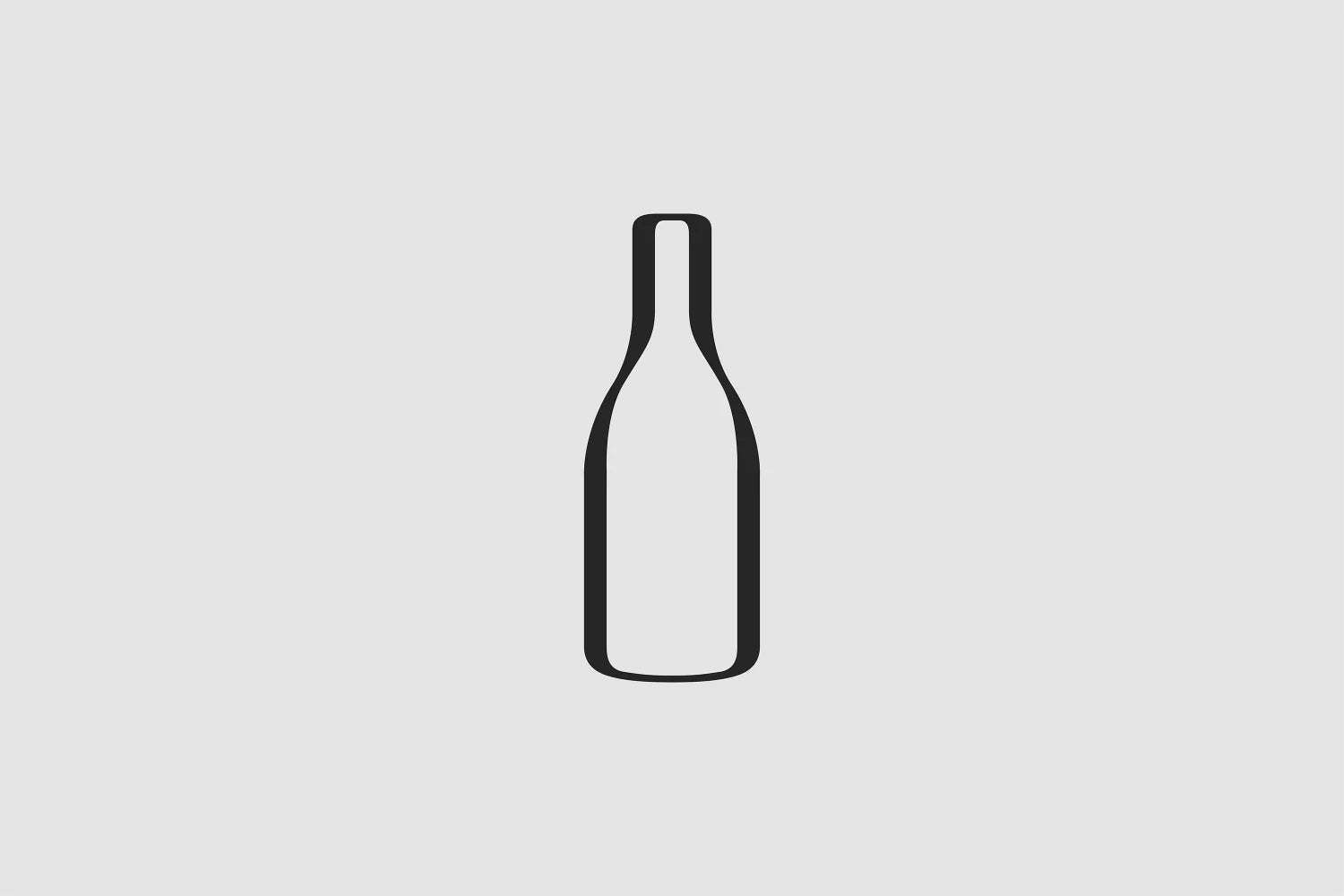Those who follow our Champagne offers religiously should be ‘at-the-ready’ for Louis de Sacy’s Grand Cru Rosé de Saignée, crafted entirely from the 2013 vintage. In short, it’s a mesmerizing, delectable treat for the senses: Hailing 100% from old vines within the legendary Grand Cru village of Verzy, this (unmarked) vintage rosé offers up sensuously deep textures and an endless list of aromatics because of a rare winemaking technique in Champagne.
Whereas many rosé Champagnes gain their color through a healthy dose of still Pinot Noir after disgorgement, the
saignée method employs a brief skin contact to gain a deeper color alongside stunning complexity and richness on the palate. If you tend to enjoy heartier Champagnes—one that will stand up to any dish, person, or scenario, this style of wine is for you. Boundless opulence, incredible precision, and intense crushed rock minerality—that’s what Louis de Sacy’s
saignée rosé represents, and it does so at a shockingly low price. This fresh disgorgement has just reached our shores after four years of aging in Sacy’s archaic, chilly cellar. We know you love Pinot Noir, Grand Cru-designated wines, and, best of all, mind-bending values that compete with the best—so why not have all three in one? If you still need prodding after all that, here you go: This is one of few extraordinary sub-$50 rosé Champagnes on the market and at six per person, you can celebrate well into the new year.
The Sacy family of Louis de Sacy has been farming vines in the Grand Cru village of Verzy since the 1600s, which translates to 13 uninterrupted generations of vine expertise. It wasn’t until 1962, however, that André Sacy decided to make proprietary wines and, since then, Champagne Louis de Sacy has been a force to be reckoned with. Their philosophy is simple: Produce the greatest luxury Champagnes at an affordable cost. And their Rosé de Saignée certainly falls under that category. This 75/25 blend of Pinot Noir and Chardonnay hails from Grand Cru Verzy, with the entirety of Pinot Noir coming from “Les Buissons,” a prominent 50-year-old single vineyard.
In the winery, Louis de Sacy’s juice gains its color and complexity from both a 36-hour maceration before it is “bled” (where saignée earns it name) off and a twice-daily pump-over during fermentation. One of my personal favorite grower producers, Larmandier-Bernier, best defines the method on their website: “A rosé de saignée...is made by directly macerating Pinot Noirs. This method of vinification is more demanding and requires grapes with an excellent degree of maturity. This is the real rosé.” So, not everyone can churn out a saignée—you need perfectly ripe grapes from (preferably) a prime terroir and a skillful hand in the winery. With 13 generations under their belt and pedigreed vines in Grand Cru Verzy, the Sacy family has both. This batch was lightly filtered and then sent to rest in their cellars for four years and upon disgorgement, it was dosed with six grams per liter of sugar. After its overseas travels, we allowed the wine to settle for two additional months in our temperature-controlled warehouse, making sure it would be at peak form when arriving at your doorstep.
Louis de Sacy’s rosé shows its saignée style as it pours a deep salmon color with streaks of vermilion and orange in the glass. Flashes of silver shine throughout as energetic streams rocket up to the surface and explode, seemingly intensifying the jaw-dropping array of aromatics. Expect bursts of white strawberries, Rainier cherries, orange zest, pomelo, tangerine, Meyer lemon, pomegranate seeds, and gold raspberries. The list of fruits is immense, but that doesn’t stop this wine from oozing minerality, too: wet stones, white pepper, crushed chalk, white flowers, and fresh herbs are delicately woven throughout. The palate brims with vigor and though it is comfortably medium-bodied, it instantly fills your mouth with perfectly ripe fruits ranging from white to red to orange, alongside a touch of savory brioche. Its level of freshness and fruit-mineral tension is outstanding and makes for an impressively lengthy finish. Enjoy it now in wide-mouthed tulips or all-purpose white stems around 50-55 degrees and stow away a few bottles to be enjoyed over the next 3-5 years—its savory aspects will only continue evolving into something magical. If you haven’t yet experienced beef carpaccio with a quality rosé Champagne—now’s the time! It’s one of those astonishingly simple yet delectable marriages between food and wine; it’s perfect for the holidays too!






